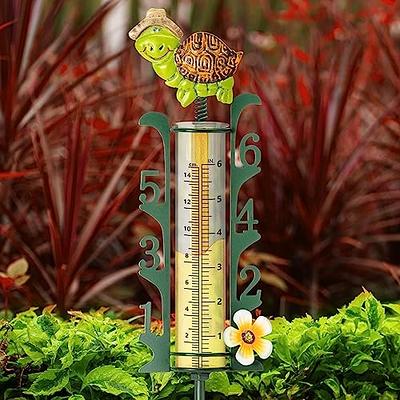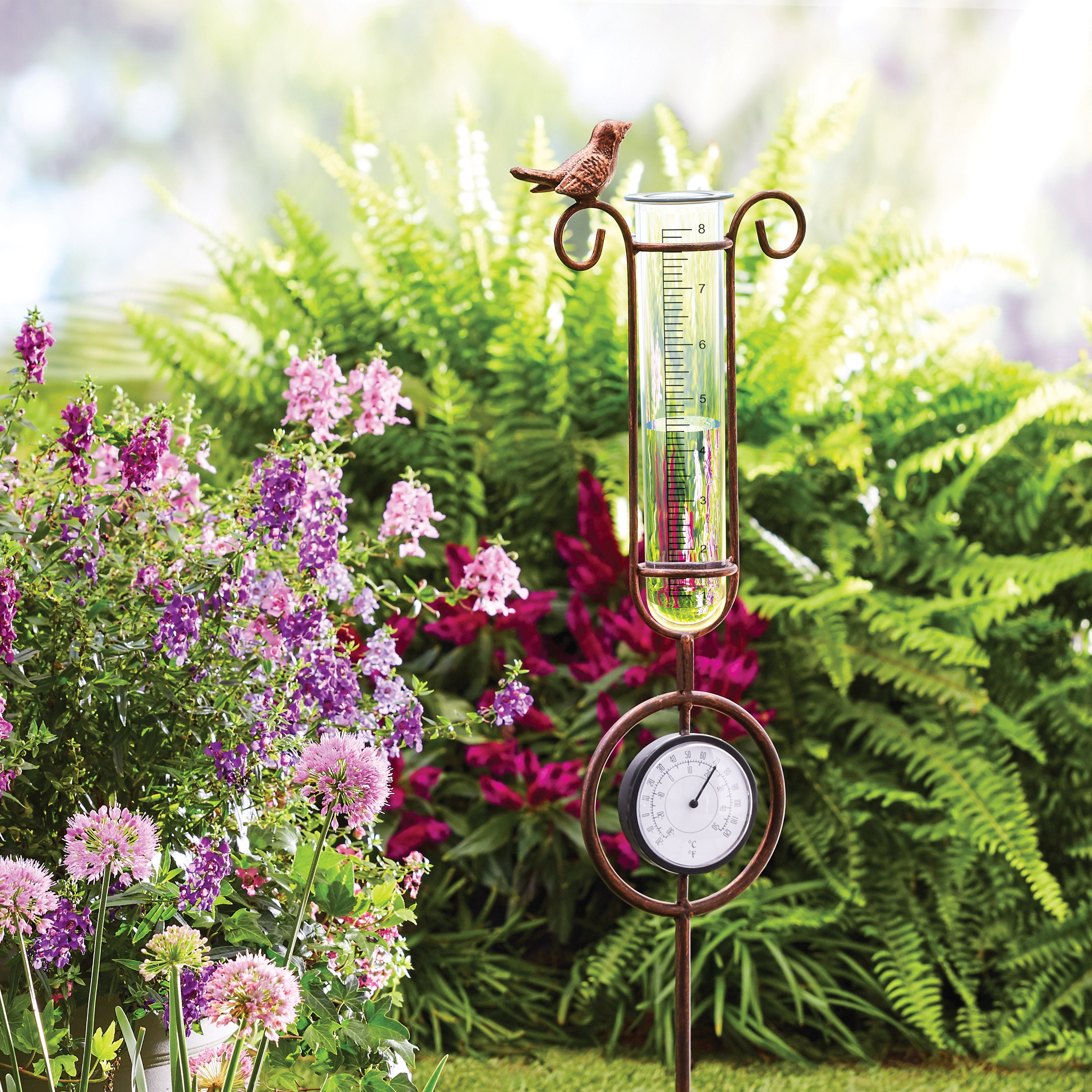The Rain Gauge: Enhancing Agricultural and Environmental Keeping An Eye On Efforts
Wiki Article
Do It Yourself Rain Gauge: Simple Actions to Make Your Own
Are you interested in tracking rainfall in your location? Developing your own do it yourself rainfall scale is a simple and effective means to videotape and measure rainfall. With simply a few common materials and some fundamental steps, you can quickly create your very own rain gauge in your home. In this overview, we will certainly provide you with a step-by-step procedure to help you create your very own rainfall gauge. No need for any type of specialized expertise or tools - this job can be finished by anybody. By adhering to these simple directions, you will certainly have a trustworthy device to measure rainfall and add to your understanding of the local weather patterns. So, allow's get going on making your DIY rain gauge today!Gather Products
To begin building your DIY rainfall scale, collect all the necessary materials utilizing a thorough checklist of things. Having the right products on hand will guarantee the successful production of your rainfall scale and permit accurate dimensions of rains. You will certainly need a clear plastic container or cylinder, such as a plastic bottle or container. Make sure the container is transparent so that you can conveniently see the water level inside. Next, you will need a leader or gauging tape to mark the increments on the container. This will enable you to gauge the amount of rainfall precisely. In addition, you will need a permanent marker or water-proof tape to mark the dimensions on the container. This will certainly make sure that the markings remain visible also when exposed to rain. You will certainly need a sturdy base or stake to firmly hold your rainfall gauge in place. This can be a wooden or metal risk that can be placed into the ground or a tough level surface to offer stability. Collecting these products beforehand will enhance the building and construction process and make sure that you have whatever you require to produce your very own DIY rainfall gauge.Prepare the Container

Mark the Measurement Increments
To properly determine the amount of rains, precisely marking the dimension increments on your do it yourself rainfall gauge is crucial. Without clear and exact markings, it would certainly be challenging to determine the exact quantity of rainfall accumulated in your rain scale. Here are the steps to note the measurement increments on your rainfall gauge.The most common devices for gauging rainfall are millimeters and inches. As soon as you have actually chosen the device, make use of a permanent pen or waterproof paint to note the increments on the side of your rain scale.
When noting the increments, it is necessary to make certain that they are uniformly spaced and plainly visible. Use a leader or determining tape to make sure precision and consistency. Additionally, ensure that the markings are resistant to fading or abrading, as direct exposure to the aspects might create them to degrade gradually.
Place the Rain Scale Outdoors
The rain gauge must be placed outdoors to precisely accumulate rains data. The area picked for the rainfall scale should be complimentary and open from any type of obstructions that can potentially affect the dimension of rains. It is important to find an area that is not blocked by trees, structures, or other structures that could block the rainfall from reaching the scale. This will guarantee that the collected information is agent of the real rains in the area.Furthermore, it is important to place the rain gauge on a stable surface area, such as a degree ground or a tough post. This will certainly prevent any movement or tilting of the gauge, which might bring about incorrect dimensions. It is likewise advisable to avoid placing the scale near any type of resources of fabricated water, such as sprinklers or drainage systems, as this can hinder the precision of the measurements.
Screen and Document Rainfall Information
Normal monitoring and recording of rains see page data is essential for exact information evaluation and interpretation. By tracking rains dimensions, you can gain important insights right into weather patterns, environment fads, and water resource management. To effectively keep an eye on and tape rains data, it is necessary to establish a routine and maintain constant techniques.Firstly, make sure that your rainfall scale is placed in an open location away from barriers such as trees or structures that might block rainfall. In addition, make certain the rain scale is degree and firmly anchored to avoid any movement that could impact the accuracy of the dimensions.

When tape-recording the rains data, it is essential to note the date and time of each dimension. Use a ruler or a measuring stick to figure out the rains depth in the rainfall scale, and document this info precisely.
To ensure the precision of the dimensions, it is advised to empty the rainfall gauge after each recording. This will protect against any kind of overflow or evaporation from impacting subsequent dimensions.
Verdict
To conclude, creating a DIY rainfall gauge is a simple and practical method to keep an eye on and tape-record rainfall data (The Rain Gauge). By following the actions outlined in this short article, you can quickly gather products, prepare the container, mark the dimension increments, and position the rain gauge outdoors. On a regular basis monitoring and recording rainfall information can supply useful details for various objectivesHaving article the ideal materials on hand will guarantee the successful production of your rain scale and allow for accurate dimensions of rains.To accurately determine the amount of rains, accurately marking the dimension increments on your Do it yourself rainfall gauge is necessary.The rainfall scale must be positioned outdoors to precisely gather rains information. The location selected for the rain scale should be open and cost-free from any type of obstructions that might potentially affect the measurement of rains.In conclusion, creating a DIY rain scale is a sensible and simple method to monitor and record rains data.
Report this wiki page